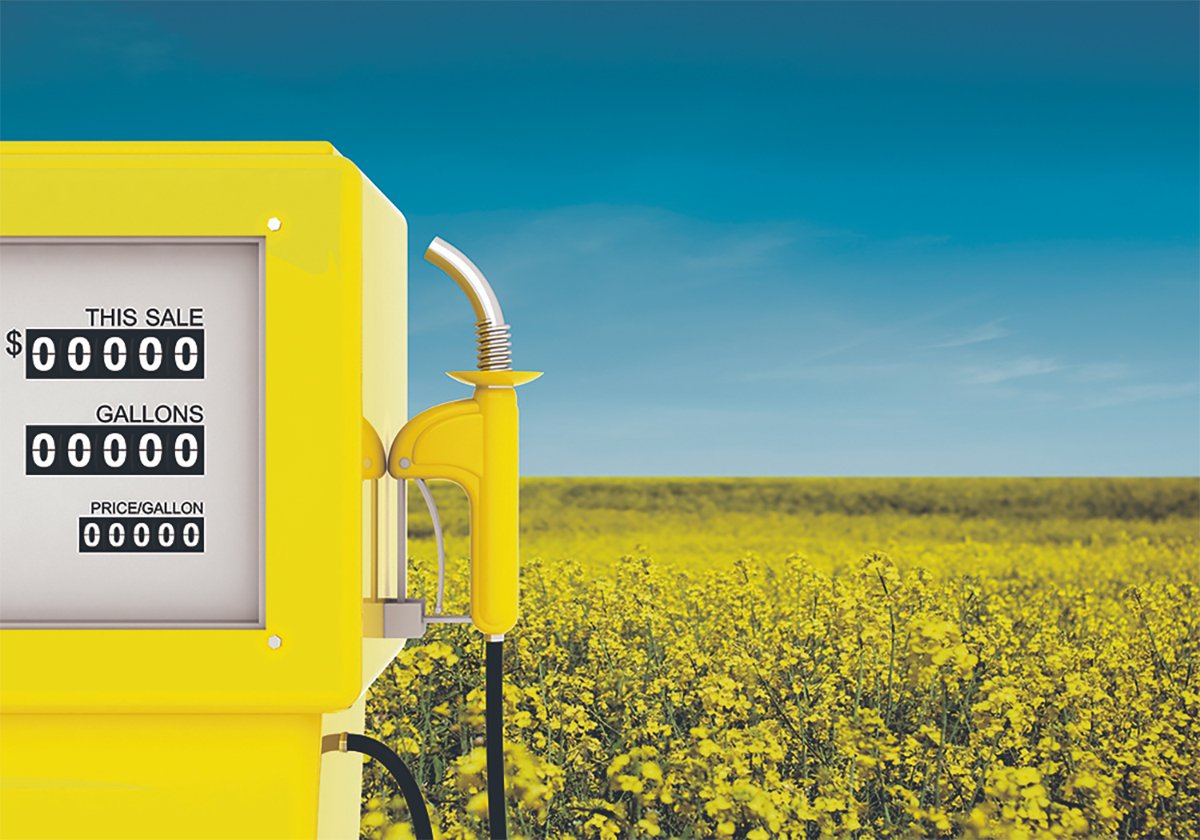SASKATOON – Things are surprisingly slow at the Saskatchewan Wheat Pool elevator in Kenaston.
“There’s a little bit of grain coming in, but it’s not real busy,” manager Brent Hartman said July 10.
On that day, he had 1,750 tonnes of grain in storage. That represented just 35 percent of the available space in the 4,950-tonne facility, located about 80 kilometres south of Saskatoon.
“That’s pretty unusual for this time of year,” said Hartman, adding a few grain trucks were due in later that morning and things might pick up later in the week.
Read Also

Biofuel sector happy with federal budget
Advanced Biofuels Canada says new Biofuel Production Incentive is a lifeline until CFR amendments are in place.
With freight rates taking a big jump Aug. 1, grain industry officials had been bracing for a surge in deliveries this month.
Combined with ample space and the open delivery policy announced by the Canadian Wheat Board, farmers had been expected to make a beeline for their nearest elevator.
Lots of room available
But that hasn’t happened. Prairie elevators were barely half full last week, with space estimated at 51 percent in Manitoba, 49 percent in Alberta and 44 percent in Sask-atchewan.
Some farmers may want to hold on to some of their inventory because of concerns over drought or late-seeded crops, but the main reason is probably the bullish outlook for 1995-96.
Hartman said many farmers have told him they’re waiting to sell their board grain into next year’s pool, figuring that higher prices will outweigh the higher freight costs.
That’s a risky gamble, say market watchers like Charlie Pearson of United Grain Growers.
“When I put the pencil to paper, there’s not really a good argument for pricing in the next year when you look at the increase in freight,” he said.
Top grade 1 Canadian Western Red Spring wheat is expected to sell for $187 a tonne this crop year. The average freight and handling deduction is about $26 a tonne, leaving a net farmgate return of about $161 a tonne.
Next year’s outlook is indeed for higher prices, with 1 CWRS projected to fetch $198 a tonne. But deductions of around $46 a tonne in Saskatchewan and Manitoba produce a net return of $152 a tonne.
In Alberta, a higher pooled price results in a net return of $158.
“In Alberta there may be some arguments to go into next year, although I wouldn’t do it,” said Pearson.
But in eastern Saskatchewan and Manitoba, with a double whammy of higher freight rates and an end to St. Lawrence Seaway pooling, “I would sure want to price in 1994-95.”














